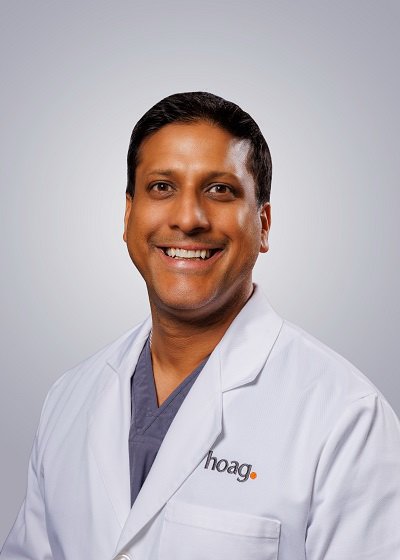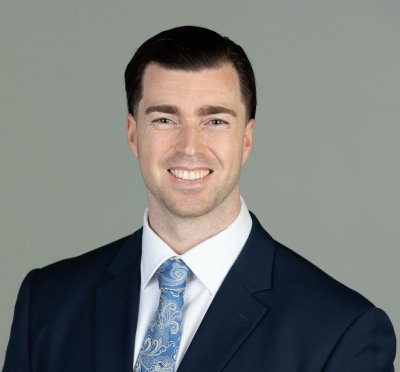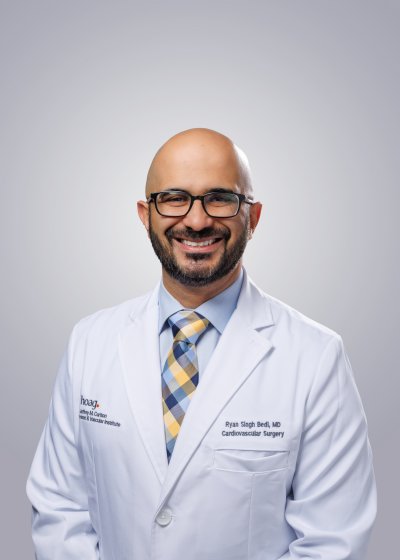Hoag’s Jeffrey M. Carlton Heart & Vascular Institute has been an Orange County beacon of help, hope and healing for serious cardiovascular diseases, including heart disease, coronary artery disease, high blood pressure, heart problems that can result in blood clots and stroke and other issues that can impact blood flow and heart health.
For those who suffer with abnormal heart rhythms in Orange County, Hoag’s unique Heart Rhythm Program is second to none. We’re committed to excellence in patient-centered care, and dedicated to delivering the advanced treatments and diagnostic options for arrhythmia that you need to heal.
From atrial fibrillation to ventricular fibrillation, paroxysmal supraventricular tachycardia to heart arrhythmias that involve the heart’s natural pacemaker, the sinus node, Hoag’s multidisciplinary team of cardiologists, electrophysiologists, and cardiothoracic surgeons stands ready to help every patient in Orange County meet the challenge of complex cardiac arrhythmia.
Visit our arrhythmia overview page or arrhythmia treatment options page to learn more.
Contact Hoag’s Heart Rhythm Disorders Program by calling us at 949-764-8111 or send a note to our team through our form.















